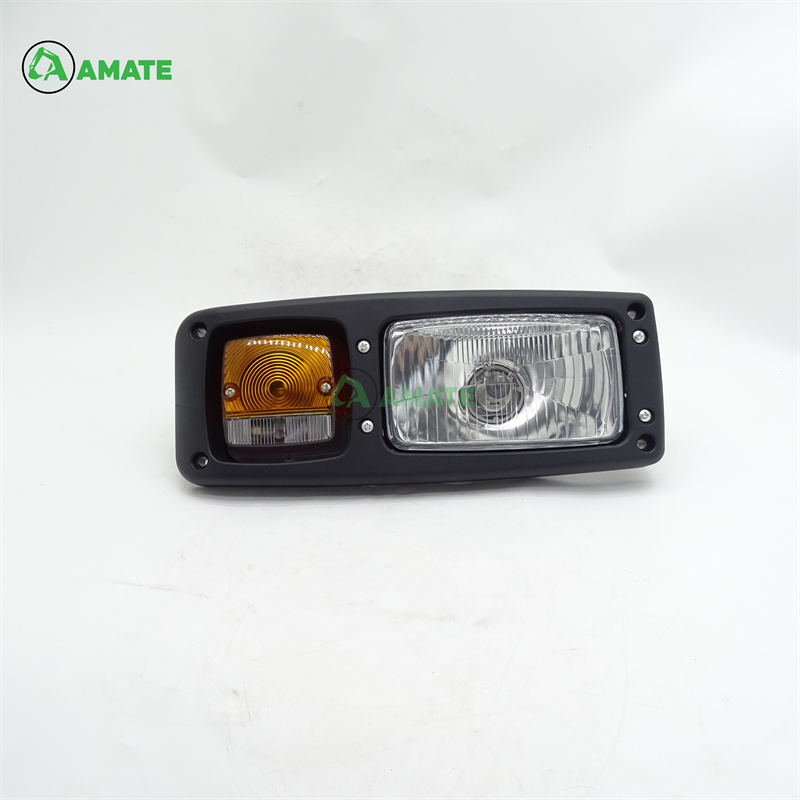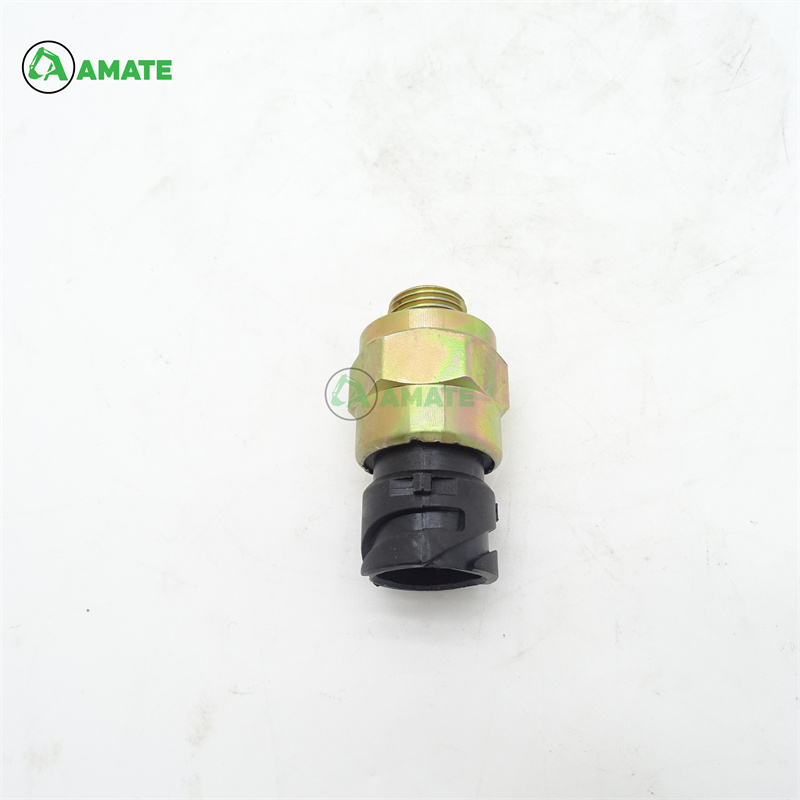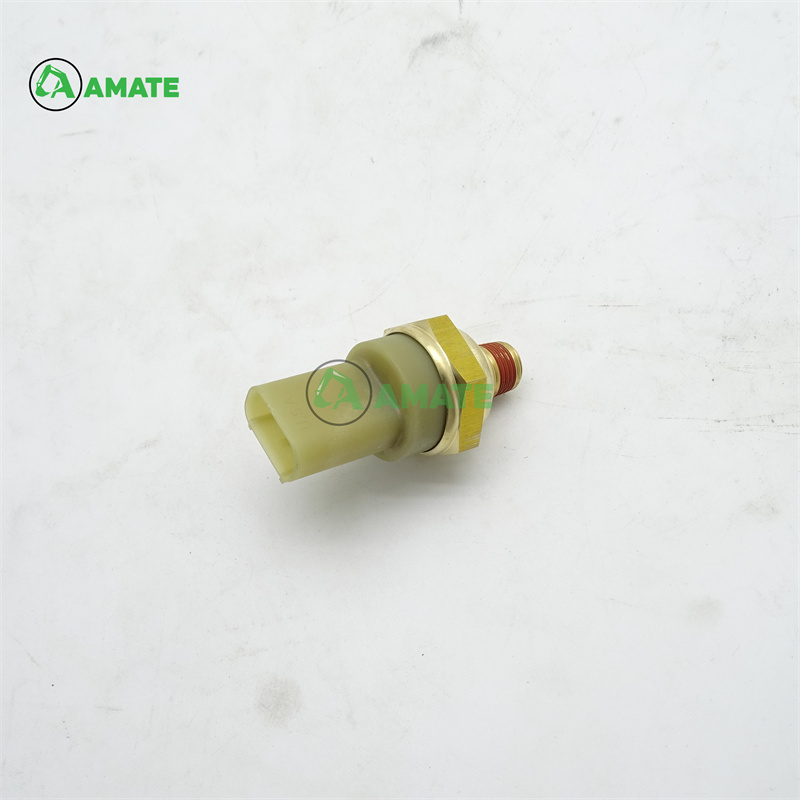Explain the solenoid valve in 3 minutes
RE522824 Solenoid valves are widely used in machine tools, engineering machinery, medical equipment, plastic and chemical machinery, and various non-standard equipment. They are used to control actuators such as oil cylinders or air cylinders, as well as the selection and switching of air or oil circuits.
The following is mainly based on pneumatics, and hydraulics are basically similar.
The solenoid valve uses the attraction of the electromagnet (solenoid coil) to move the valve core, thereby controlling (switching) the flow direction of compressed air or hydraulic oil. This solenoid valve is also called a direct-acting solenoid valve.
In order to achieve miniaturization and low power consumption of solenoid valves, many modern ones use pilot solenoid valves. The principle is to first switch the pilot valve through the attraction of the electromagnet (solenoid coil), and then use the auxiliary air pressure flowing out of the pilot valve to move the main valve core, thereby switching the flow direction of the valve.
Because the pilot valve is made very small, it can be driven by electricity with a smaller power, and the air pressure coming out of the pilot valve can drive the large main valve core, which is equivalent to achieving an amplification effect. That is, the pilot solenoid valve is equal to the direct-acting solenoid valve plus the air control valve.
Two terms for solenoid valves RE522824
When talking about solenoid valves, it is inevitable to talk about the number of ports and positions. This is what we often hear, such as three-position five-way.
Here, “three-position” means that there are three switching states when this valve switches.
“Five-way” means that the number of ports of this valve is 5, that is, the number of piping interfaces of the valve is 5.
This is also intuitively represented in the valve symbol.
Solenoid valve symbol description
The solenoid valve symbol is mainly a schematic diagram that describes the function of the solenoid valve, so that it can be expressed more clearly during the design process.
(1) The working position of the valve is indicated by a box, and the number of boxes indicates the number of “positions”;
(2) The arrow in the box indicates that the air or oil circuit is connected, but the direction of the arrow does not necessarily indicate the actual direction of the fluid flow;
(3) The symbol “┻” or “┳” in the box indicates that the passage is blocked;
(4) The number of interfaces connected to the outside of the box indicates the number of “passages”;
(5) The meanings of the letters or numbers on the interfaces are: P = air inlet, 5 = R = exhaust port, 3 = S = exhaust port, 2 = A = working port 1, 4 = B = working port 2, and so on.
(6) The reversing valve has two or more working positions, one of which is the normal position, that is, the position of the valve core when it is not subjected to operating force.









